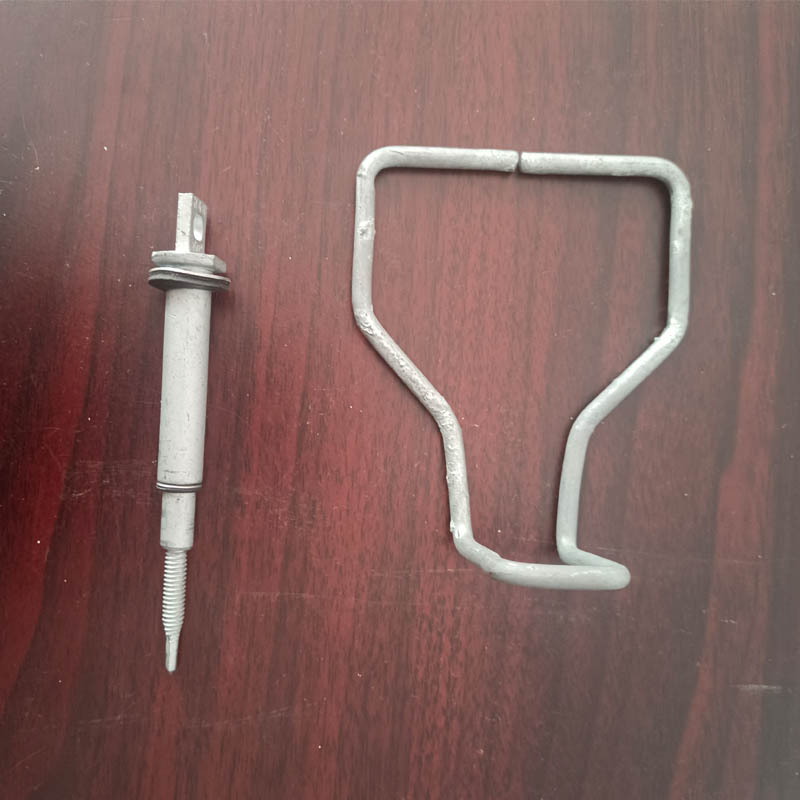
- Mobile Phone
- +8613931874955
- sales@cntcmetal.com
Exploring Various Types of Cavity Wall Ties for Enhanced Structural Integrity and Performance
Types of Cavity Wall Ties
Cavity wall ties are essential components in modern masonry construction, particularly in cavity wall systems, which consist of two separate walls (the outer and inner leaves) with a gap or cavity between them. This design enhances thermal insulation, moisture control, and structural stability. The wall ties serve a critical function by connecting the two leaves of the wall, ensuring that they act as a single unit. In this article, we will explore the various types of cavity wall ties and their specific applications.
1. Metal Wall Ties
Metal wall ties are the most commonly used type in cavity wall construction. They are typically made of stainless steel or galvanized steel to prevent corrosion. Stainless steel ties are often preferred in coastal areas due to their superior resistance to salt and moisture. Metal wall ties come in various shapes and sizes, including
- Straight ties These are used for standard cavity widths and are often installed vertically or horizontally, depending on the wall design. - Swaged ties Featuring a swaged (or crimped) middle section, these ties provide greater flexibility and can accommodate varying cavity widths.
Metal ties are favored for their strength and durability, providing reliable structural support over time.
2. Plastic Wall Ties
Plastic wall ties are an alternative to metal ties and have gained popularity due to their resistance to corrosion and thermal bridging. These ties are made from high-density polyethylene or polypropylene, which makes them lightweight and easy to install. Some advantages of plastic wall ties include
- Thermal efficiency Plastic ties do not conduct heat as metal does, thus minimizing thermal bridging and enhancing the overall energy efficiency of the building.
- Corrosion resistance Plastic ties eliminate the risk of rust or corrosion, making them suitable for areas with high humidity or corrosive environments.
However, plastic ties may not provide the same level of structural strength as metal ties and might be less suitable for taller structures.
3. Composite Wall Ties
types of cavity wall ties

Composite wall ties combine materials to take advantage of the strengths of both plastic and metal. These ties often feature a metal core for structural integrity, surrounded by a plastic outer layer for thermal efficiency and corrosion resistance. Composite ties provide
- Enhanced performance This hybrid design allows for superior load-bearing capacity while minimizing thermal bridging
.- Versatility Composite ties can be used in a variety of applications, making them suitable for diverse construction needs.
4. Adjustable Wall Ties
Adjustable wall ties incorporate features that allow for modification during installation. They are beneficial in areas where the wall construction may not be uniform. Features of adjustable ties may include
- Extendable sections Allowing the tie to accommodate different cavity widths easily.
- Angle adjustments Enabling installation at various angles to suit unique architectural designs.
5. Specialty Ties
In addition to the standard types, there are specialty wall ties designed for specific applications. For instance
- Restraint ties Used to secure the masonry to the structure and prevent sway. - Ventilation ties Allow airflow within the cavity, promoting moisture control and preventing dampness.
Conclusion
In summary, cavity wall ties play a crucial role in the stability and efficiency of cavity wall constructions. From traditional metal ties to innovative plastic and composite options, these connectors ensure that the building's outer and inner walls work cohesively. Choosing the appropriate wall tie type depends on various factors, including structural requirements, environmental conditions, and energy efficiency considerations. Understanding the different types of cavity wall ties allows builders and architects to make informed decisions that will contribute to the longevity and performance of their structures.
share:
-
Your Source for Concrete Wall Ties and Masonry AccessoriesNewsJul.10,2025
-
Unlocking the Power of Iron Wire for Every ProjectNewsJul.10,2025
-
Explore Advanced Chain Wire and Stainless Steel Mesh FencingNewsJul.10,2025
-
Discover the Benefits of Annealed Wire ProductsNewsJul.10,2025
-
Discover China Stainless Steel Wire Mesh SolutionsNewsJul.10,2025
-
Build with Confidence Using High-Performance Masonry AccessoriesNewsJul.10,2025
-
Why Sacrificial Formwork Is Redefining Underground ConstructionNewsJun.06,2025



















